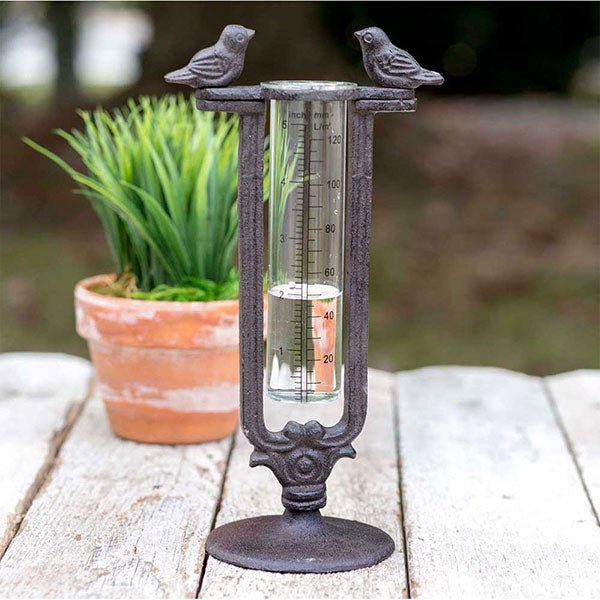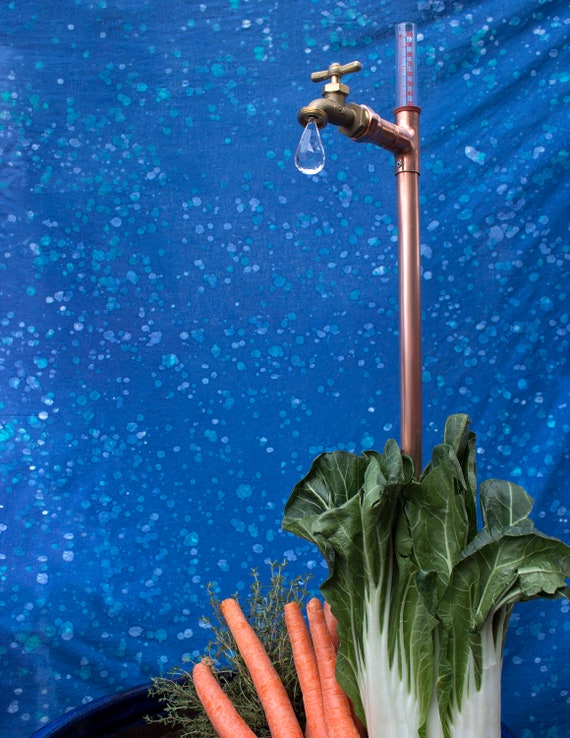The Rain Gauge: Necessary Information and Finest Practices for Weather Lovers
Wiki Article
Understanding Rain Gauge Measurements: A Complete Overview
Recognizing Rainfall Gauge Dimensions: A Full Overview is a thorough source for anyone looking for a deeper understanding of rainfall scale dimensions. Whether you are a specialist in the area or simply have an inquisitiveness regarding rainfall dimension, this guide will certainly outfit you with the expertise needed to successfully utilize rain scale measurements.The Significance of Rainfall Gauge Measurements
The significance of rain gauge dimensions hinges on their role as a crucial tool for accurately monitoring and assessing rainfall degrees - The Rain Gauge. Rain scale dimensions offer beneficial information that assists meteorologists and hydrologists comprehend patterns and trends in rainfall, which consequently aids in different fields such as agriculture, water resource management, and environment research study
Accurate rains dimensions are important for farming as they assist in establishing irrigation demands, crop development, and yield predictions. Farmers depend on this information to make enlightened decisions regarding when to sprinkle their plants, preventing water waste and making certain optimal crop health and wellness. Additionally, rains data aids in analyzing the impact of droughts or extreme rainfall on crop manufacturing, enabling farmers to take suitable steps to minimize losses.
Water source management heavily depends on rain scale measurements to determine the amount of water readily available in lakes, rivers, and storage tanks. Accurate dimensions make it possible for water supervisors to make enlightened decisions about water allowance and distribution, making certain lasting use and avoiding scarcities. This information is particularly vital in regions where water shortage is a pressing issue.
Additionally, rainfall scale dimensions play a crucial role in environment study. By accurately gauging rainfall over extended durations, scientists can examine lasting climate patterns and determine modifications in rainfall patterns as a result of environment modification. This information helps policymakers and researchers develop methods to adjust to and minimize the impacts of climate change.
Sorts Of Rainfall Scales
There are different kinds of rain assesses utilized to gauge rainfall properly. Each type has its own benefits and limitations, making them suitable for various purposes and environments.One of the most typical kind of rainfall gauge is the standard round gauge. It includes a cylindrical container with a vast funnel-shaped top to collect rainwater (The Rain Gauge). The water is after that funneled into a graduated measuring tube, enabling for exact dimension of the quantity of rains
An additional kind is the evaluating rainfall gauge. This scale makes use of a sensitive equilibrium to determine the weight of the gathered rainfall. By converting the weight right into quantity, the quantity of precipitation can be identified. Evaluating rain gauges are specifically helpful in areas with icy rainfall or hefty rainfall, as they are not impacted by spraying or evaporation.
Tipping bucket rainfall assesses employ a mechanism that pointers a tiny container each time it gathers a details amount of rain. The variety of pointers is tape-recorded and used to determine the rains. This sort of scale is frequently used in automated weather condition terminals as a result of its low maintenance requirements and ability to offer real-time information.
Finally, there are radar-based rain assesses that usage radar technology to approximate rainfall. These determines determine the intensity of rains in a particular area by examining the reflected radar signals. They are especially useful for determining precipitation over large areas or in remote areas.
How Rain Gauge Measurements Work
Rainfall scale measurements are based on the principle of determining the amount and collecting of rainfall. These tools are developed to capture rainwater and supply a precise dimension of the rainfall in a details area.One over at this website of the most common kind of rain scale is the common cylindrical gauge. It includes a round container with a look what i found broad opening on top to accumulate rain. The accumulated water is after that funneled into a measuring tube, which is adjusted to supply the dimension in devices of length, commonly millimeters or inches.
One more type of rain scale is the tipping bucket gauge. It utilizes a seesaw-like system with two buckets that tip when they reach a certain weight limit. Each pointer of the container represents a details quantity of rains, enabling for precise measurements.
Some innovative rainfall assesses are geared up with electronic sensing units that automatically record and send information. These sensing units make use of numerous technologies such as ultrasound or laser to determine the amount of rainfall precisely.
Aspects Influencing Rainfall Scale Accuracy
Ecological factors such as wind, temperature, and climatic stress can considerably influence the precision of rainfall gauge measurements. Changes in climatic pressure can likewise affect the precision of rain scale measurements, as they can modify the rate at which rainfall is gathered.Functional variables, on the various other hand, refer to elements connected to the style, installation, and upkeep of the rain scale. The placement of the rainfall gauge in a location with obstructed air flow or near trees or buildings can lead to unreliable analyses because of blockage or splattering of rainfall. Incorrect view it calibration or uneven maintenance of the rainfall scale can likewise impact its precision.
To guarantee the accuracy of rainfall gauge measurements, it is vital to consider these factors and take ideal procedures. This may entail choosing a proper location for the rain scale, ensuring correct setup and upkeep, and on a regular basis calibrating the tool. By addressing these elements, accurate and reputable rains dimensions can be obtained, which are essential for different applications such as climate projecting, hydrological researches, and agriculture.
Tips for Precisely Gauging Rainfall
To ensure accurate rainfall measurements, it is crucial to implement particular strategies and strategies when utilizing a rainfall scale. Here are some tips for accurately determining rains:Correct Positioning: Place the rain gauge in an open location, far from trees, buildings, and other obstructions that might disrupt the rains collection. It ought to be positioned on a level surface area to prevent water merging or overflow.

Read the Range Correctly: When taking dimensions, checked out the water level at eye level from all-time low of the crescent. Stay clear of parallax mistakes by aligning your view straight with the water degree.
Constant Time Interval: Set a consistent time period for measuring rainfall, such as every 24 hours or after each rains occasion. This ensures accurate tracking and comparison of precipitation data.
Document Measurements Without delay: Record rains measurements as soon as possible after collection to avoid dissipation or spillage. Use a rainfall scale with a built-in data logging feature for automated recording.
Verdict
In conclusion, comprehending rain scale measurements is crucial for accurately gauging rainfall. It is vital to take into consideration factors that can influence the accuracy of rain gauge measurements, such as wind, positioning, and evaporation.Understanding Rainfall Gauge Dimensions: A Complete Overview is an extensive source for anyone looking for a much deeper understanding of rainfall scale dimensions. Whether you are a specialist in the field or merely have an interest regarding rainfall dimension, this guide will equip you with the expertise required to successfully utilize rainfall scale dimensions.
The most common kind of rain gauge is the basic round gauge.The most typical type of rain gauge is the basic round scale.An additional type of rainfall scale is the tipping pail scale.
Report this wiki page